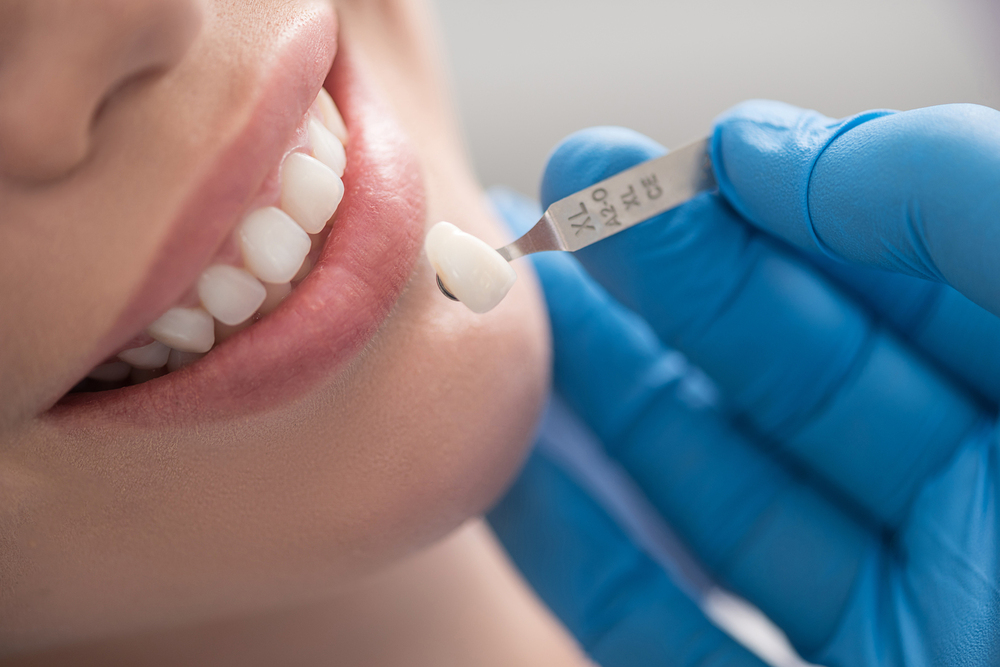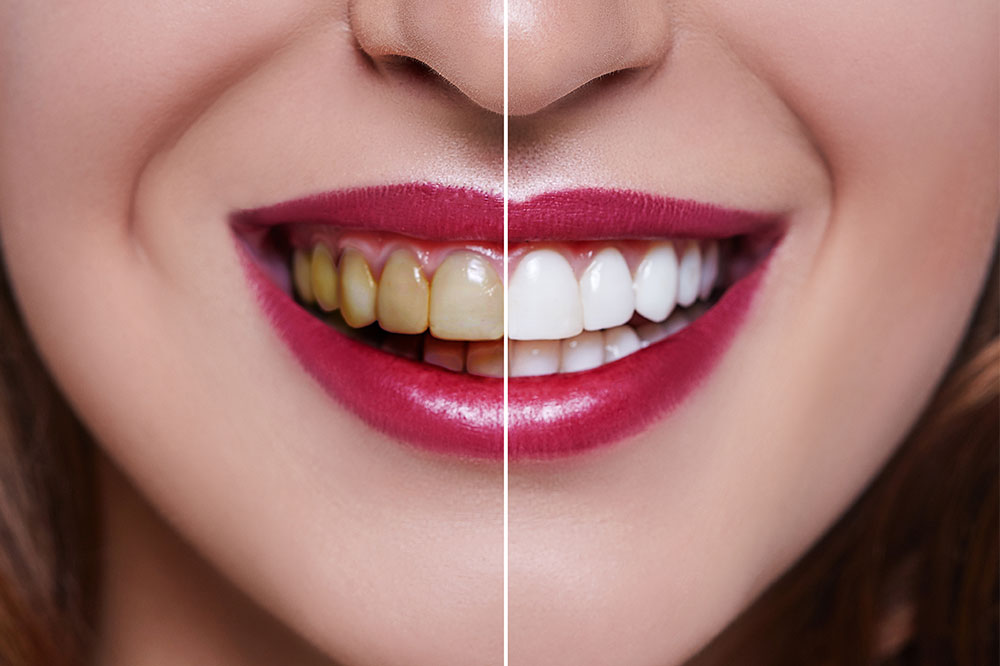Comprehensive Guide to Dental Crowns and Restorative Caps
Learn everything about dental crowns and caps, including their purposes, terminology, and placement procedure. Discover how these restorations protect and enhance damaged teeth for improved function and aesthetics. Two visits are typically required for a proper fit, ensuring natural-looking, durable results for oral health and beauty.
Sponsored

A dental crown or cap is a restoration device designed to cover and protect a damaged or decayed tooth. It completely encases the visible part of the tooth or implant above the gum line, serving both functional and aesthetic purposes. Unlike fillings that repair small areas, crowns provide strength and shape to weakened teeth. They are cemented securely, restoring the tooth’s natural appearance and function, and can be cared for like regular teeth.
Reasons to get dental crowns and caps
Safeguarding weakened or misshapen teeth
Restoring broken or damaged teeth
Providing support for fragile teeth requiring fillings
Securing dental bridges in place
Enhancing the visual appeal of teeth
Terminology for crowns
The terms crowns and caps are often used interchangeably for this dental restoration. They may also be called tooth caps, dental caps, or jackets. Sometimes, the term "porcelain jacket" describes ceramic crowns. While patients frequently use these terms, dental professionals predominantly refer to them as crowns. "Caps" are popular in marketing and casual speech but are less common among clinicians.
Procedure for placing dental crowns and caps
The process usually involves two visits. During the initial appointment, the dentist takes X-rays to assess the tooth and root health. The tooth is then prepared—numbed and filed—to create space for the crown. A temporary crown made of acrylic or stainless steel is placed to protect the tooth. In the subsequent visit, the temporary is removed, and the permanent crown is fitted and cemented into position. The dentist ensures proper fit and appearance before finalizing the placement.






